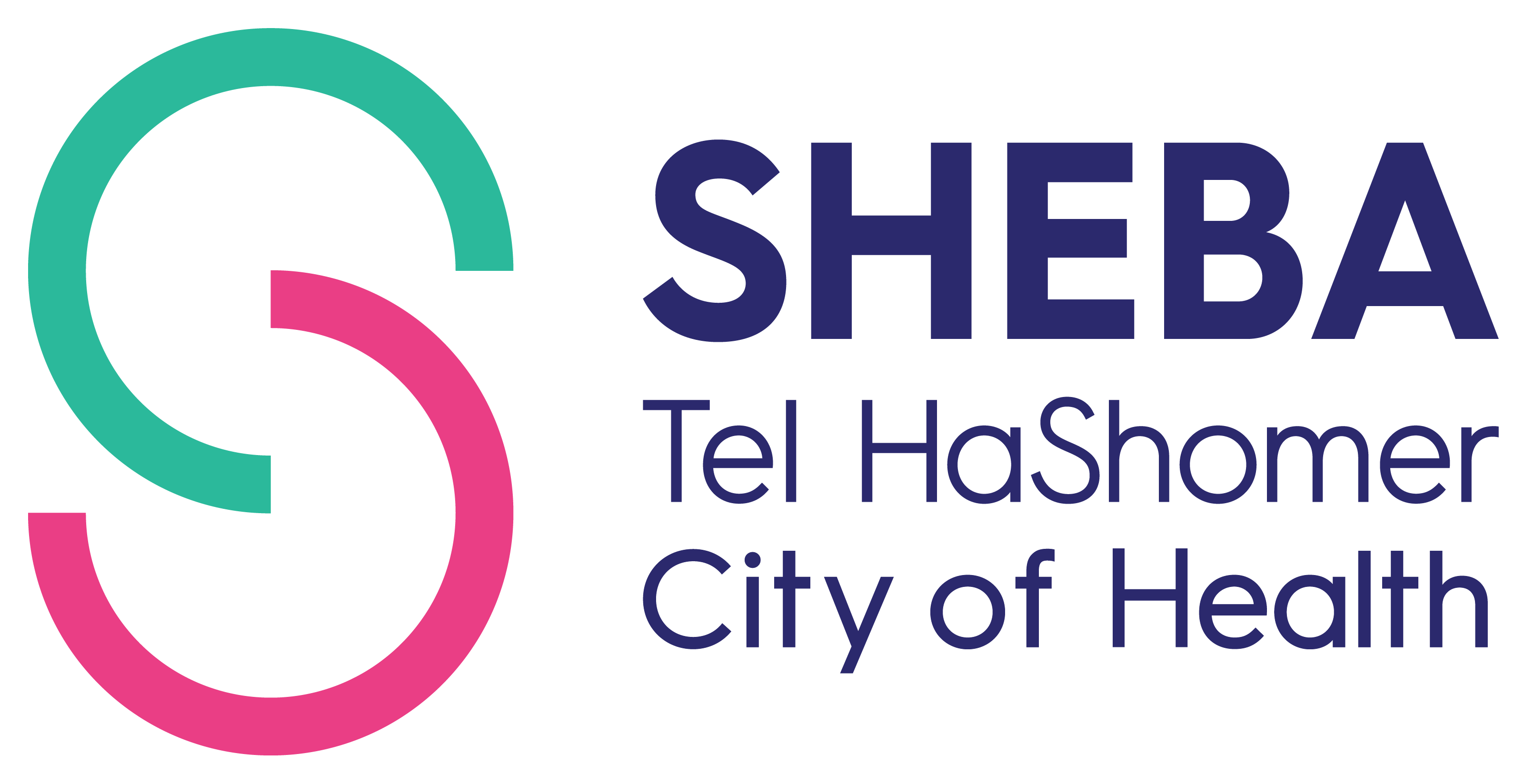Pathology Institute
Director: Prof. Iris Barshack
Contact:
Email: Iris.Barshack@sheba.health.gov.il
Phone: 03-5302354, 03-5303140
Fax: 03-5302381
Staff:
Yardena Ephraim: Secretary of Institute A
Mali Yehiel: Medical secretary/ Subject coordinator
Orit Moshida: Medical secretary/ Senior secretary
Merav Dellal: Senior secretary
Liat Golan: Senior secretary
Yael Yahalomi: Reception clerk
Judit Behari: Subject coordinator
Clinic hours:
8.00-15.00
Location:
Laboratory Division
Located in the laboratory wing of Sheba, the Pathology Institute is a renowned institution in Israel and across the globe. It specializes in conducting advanced diagnostic tests, primarily for pathological processes in the body, including tumor processes.
The Pathology Institute's laboratory features state-of-the-art equipment for accurate diagnosis and treatment planning. We utilize advanced techniques such as morphological, immunohistochemical, and molecular diagnosis to ensure the best possible outcomes for our patients.
The institute is proud to have a team of highly regarded doctors, recognized nationally and internationally, specializing in general pathology and unique subfields within the discipline. Our goal at the Pathology Institute is to provide accurate and timely pathological diagnoses.
The Pathology Institute is also involved in the management and leadership of two valuable projects at Sheba - the tissue banks and the service for molecular diagnosis. The collaboration between the laboratories of the institute and the wing creates an excellent infrastructure for diagnosing pathological processes.
The Pathology Institute at Sheba Hospital handles an extensive volume of tests, processing over 25,000 annually, encompassing more than 60,000 diverse samples. Additionally, the institute manages approximately 8,000 cytology samples, including gynecological preparations and body fluids.
The institute's mission is to diagnose pathological processes in tissues and cells. This involves processing the tissues and cells to create histological preparations, which serve as the foundation for diagnosing these processes. During surgical procedures, the institute conducts rapid frozen section tests to address any queries that may arise. Additionally, the institute carries out autopsies as part of its work. Despite a decline in the overall number of autopsies, the Sheba Institute stands out for its significant contribution in this area.
The Pathology Institute has about 50 employees, including senior doctors and specialists. The institute houses units in the fields of hematopathology, neuropathology and pathology of lungs and esophagus. In addition, there is a special pathology service for the fields of uropathology, cytology and breast exams. The institute also has sub-specialties in the pathology of the female genital tract, otolaryngology, nephropathology and digestive tract. Additionally, the institute has experts in oral pathology and dermatopathology, and is assisted by external consultants in the field of fetal and placental pathology as well as liver pathology. All the institute’s doctors have undergone further training in Israel and abroad and receive consultations from Israel and abroad in the fields of general pathology in general and in the fields of their specific specialization in particular. The institute employs five interns who receive training in the various fields of pathology.
At the Pathology Institute, the laboratory plays a vital role. It comprises various labs, including the histochemical lab for routine and special histochemical staining. The lab is equipped with advanced technology and undergoes internal and external quality control (CAP) to ensure accuracy and precision.
In recent years, the field of pathology has experienced far-reaching changes. Some of these transformations are due to a shift in perception and the emergence of molecular aspects in the profession.
Pathology has always been considered a branch of the medical profession. While the basic professions - immunology, histology, anatomy, embryology and others - formed the roots of the medical tree, the clinical professions are considered the top of the tree. Over the years there has been progress in the roots and the top, and also in pathology that connects and bridges them.
Pathology, as a discipline, encompasses three primary branches: diagnosis, teaching, and research. Notably, in the realm of diagnostics, there has been a noticeable surge in recent years, which can be attributed to two key factors: the increasing quantity and complexity of biopsies. In the 1980s, each case was typically represented by the creation of just one or two slides.
However, in recent years, the surgical procedures have become more complex, and the pathologists' adherence to protocols has become more meticulous. As a result, the number of slides has increased by 60% over the past decade. The problem of case complexity poses a greater challenge. The pursuit of an accurate diagnosis to guide clinicians in patient treatment has led to the emergence of new diagnostic methods. Notably, immunohistochemistry, as well as more recent advancements such as FISH and PCR, have played significant roles. Consequently, a high proportion of cases now require immunohistochemical staining and molecular tests to reach a definitive diagnosis.









